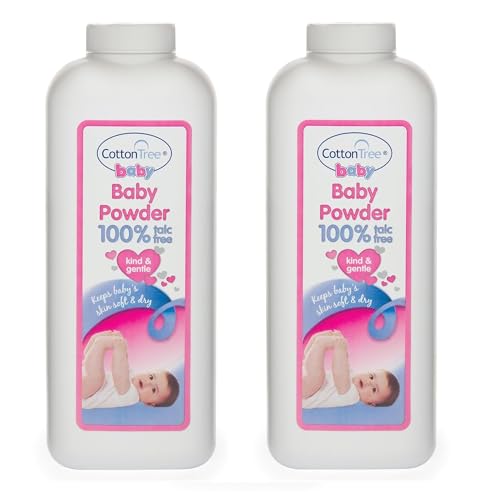Understanding the Shelf Life of Talcum Powder
Talcum powder is a common personal care product used for various purposes, such as keeping the skin dry and reducing friction or irritation. But like any other product, talcum powder also has a limited shelf life. So, how long does talcum powder last? Let’s delve into the factors that can affect its longevity and ways to ensure its effectiveness and safety.
Factors Affecting the Lifespan of Talcum Powder
The shelf life of talcum powder can depend on several factors, including its formulation, storage conditions, and packaging. Here are some key factors that influence how long talcum powder can last:
Formulation of Talcum Powder
The formulation of the talcum powder plays a crucial role in determining its longevity. Talcum powder primarily consists of talc, a mineral that absorbs moisture and reduces friction. It may also contain other ingredients like fragrances, oils, or powders derived from plants.
The presence of additional ingredients may affect the stability of talc and impact its shelf life. For instance, fragrances can degrade over time, leading to changes in the powder’s scent or texture. Similarly, plant-based powders may have a shorter shelf life compared to pure talc.
Storage Conditions
The way talcum powder is stored can significantly impact its longevity. Exposure to excessive moisture, heat, or sunlight can degrade the quality of the powder and reduce its shelf life. Ideally, talcum powder should be stored in a cool, dry place away from direct sunlight, such as in a bathroom cabinet or bedroom drawer.
Moisture can cause talcum powder to clump, making it less effective and potentially leading to bacterial growth. Heat and sunlight can also break down the ingredients, leading to changes in texture, color, or smell.
Packaging
The packaging of talcum powder can help preserve its quality and extend its shelf life. Talcum powder is usually sold in containers made of plastic, cardboard, or metal. The packaging should be tightly sealed to prevent moisture or air from entering and causing degradation of the powder.
Proper packaging also helps to maintain the potency of fragrances or other delicate ingredients. If the original packaging becomes damaged or the seal is compromised, it is recommended to transfer the powder into an airtight container to preserve its quality.
Best Practices for Using Talcum Powder
While talcum powder does have a shelf life, following some best practices can help ensure its effectiveness and safety:
Check the Expiry Date
Before purchasing talcum powder, always check the expiry date mentioned on the packaging. Using talcum powder past its expiration date can lead to reduced effectiveness or pose potential risks.
Store Properly
Make sure to store talcum powder in a cool, dry place away from direct sunlight. Avoid storing it in the bathroom, where moisture levels can be high.
Use Clean Hands and Tools
When applying talcum powder, always use clean hands or tools to prevent contamination and the growth of bacteria or fungi. This is especially important for products used on sensitive areas, such as baby powder.
Dispose of Expired Powder
If you notice changes in the scent, texture, or color of your talcum powder or it has passed its expiration date, it is best to discard it. Using expired powder can cause skin irritation, infections, or other adverse reactions.
Knowing how long talcum powder lasts is important to ensure its effectiveness and safety. Factors such as formulation, storage conditions, and packaging can influence the shelf life of talcum powder. By following proper storage practices and checking expiration dates, you can continue to use talcum powder safely and effectively.






